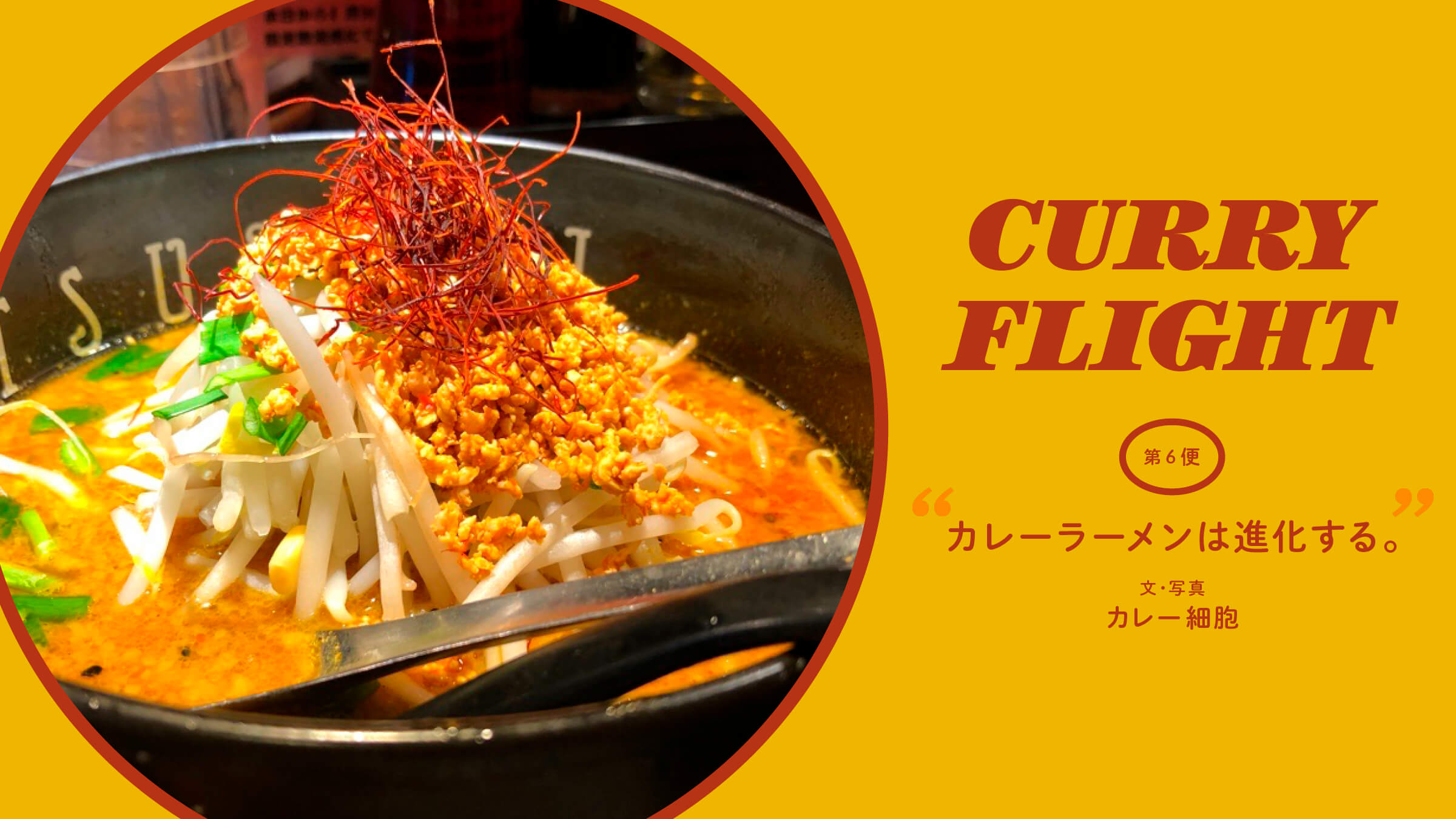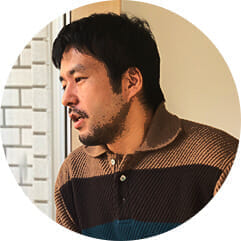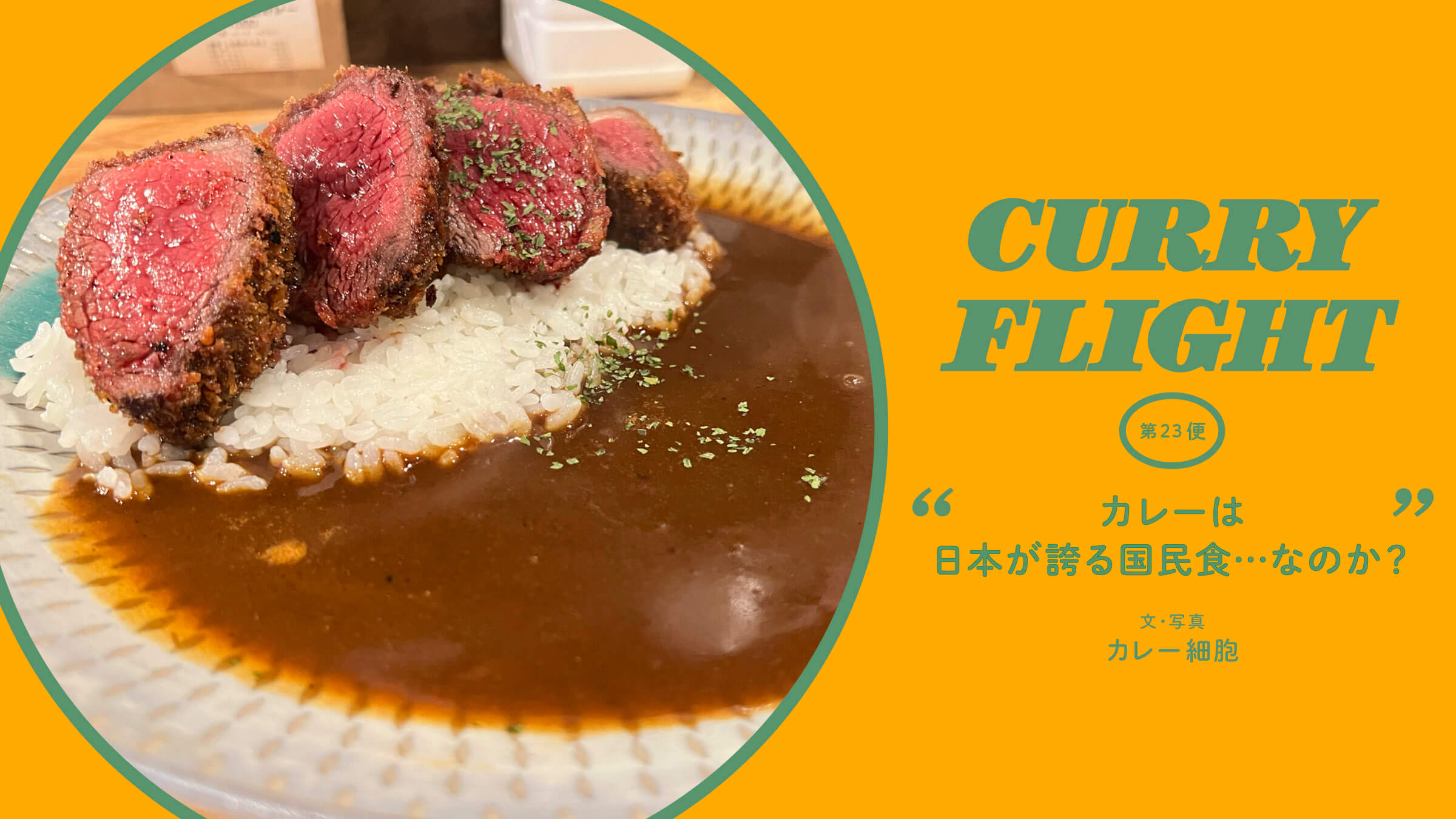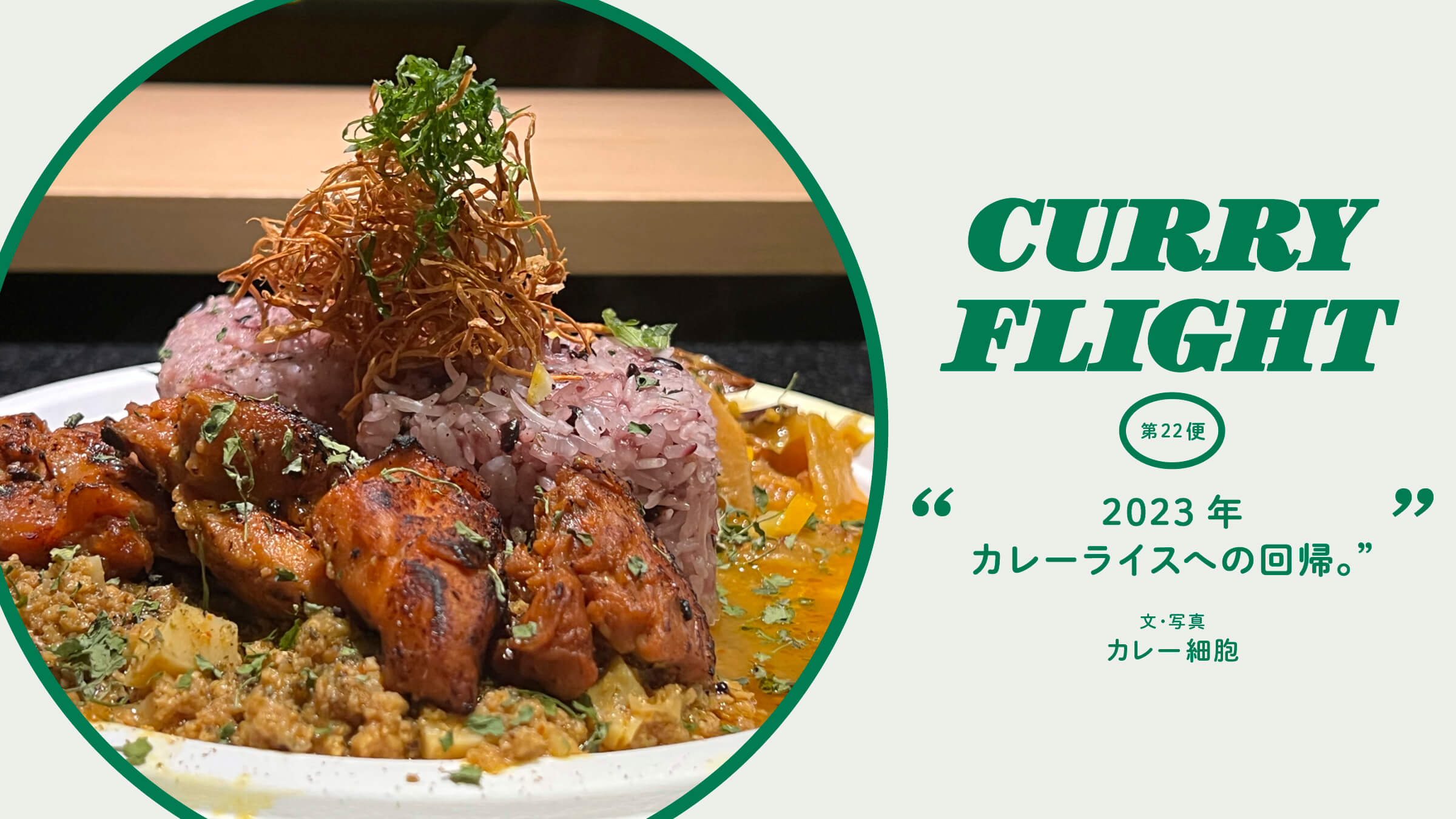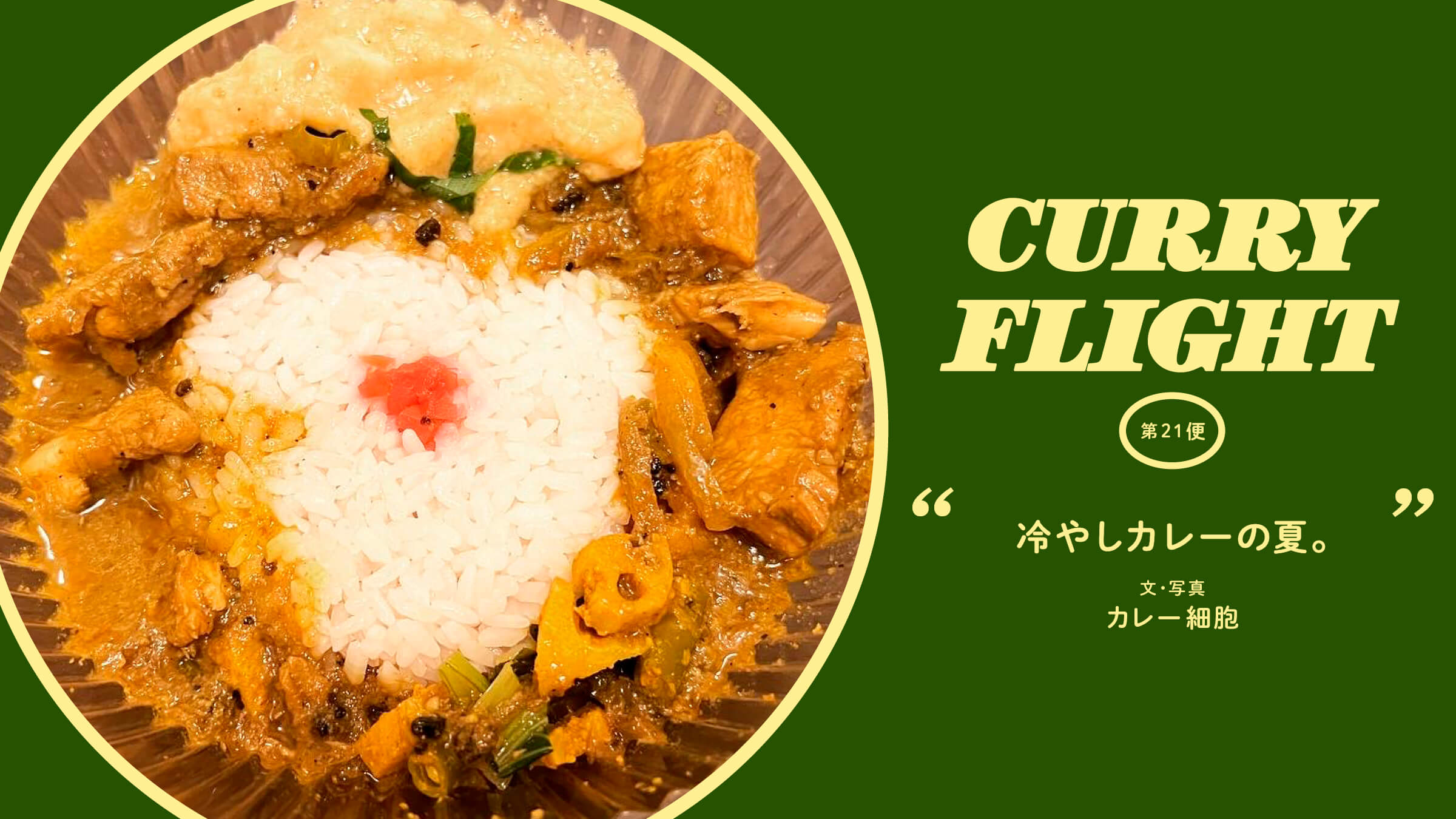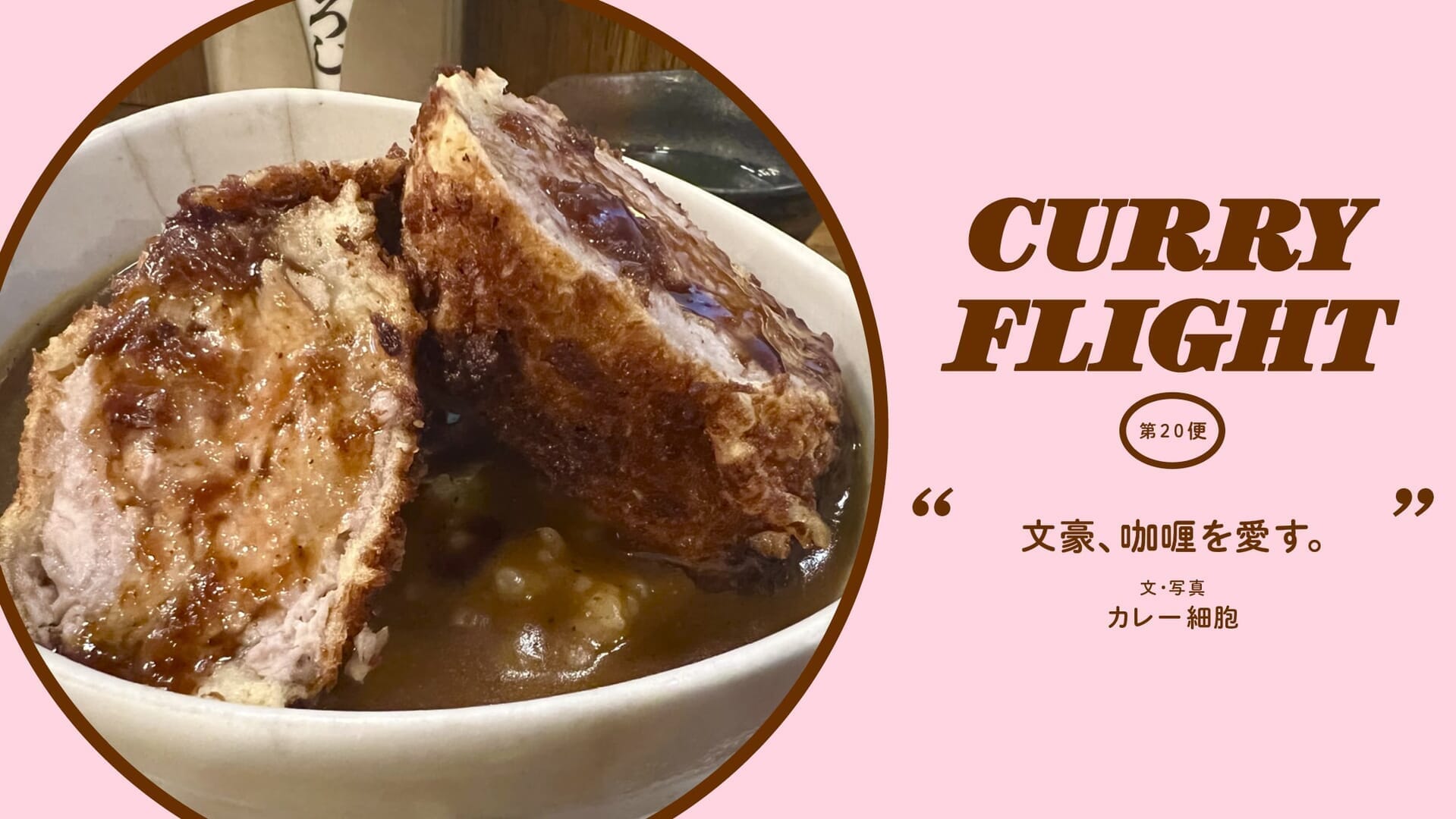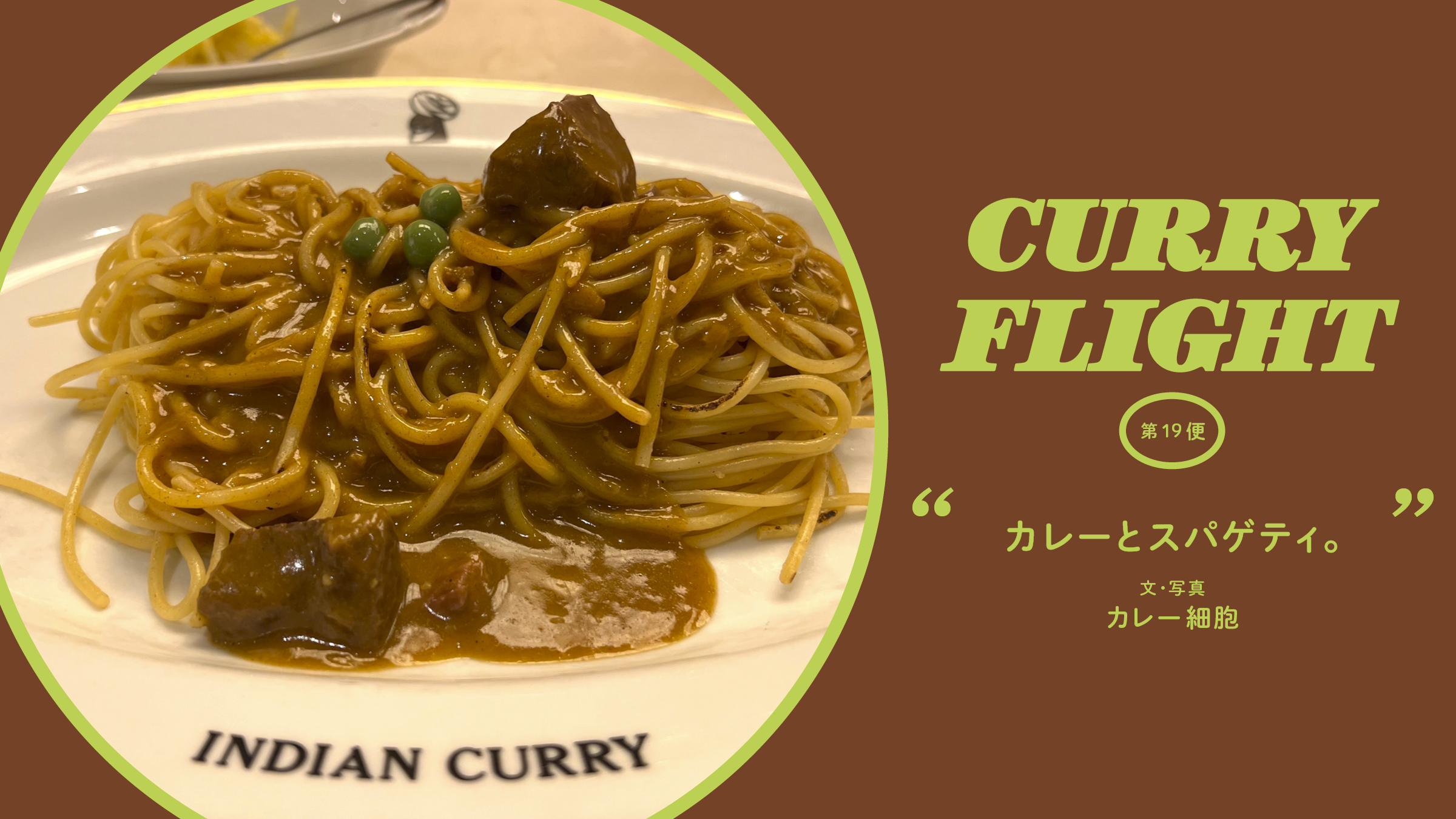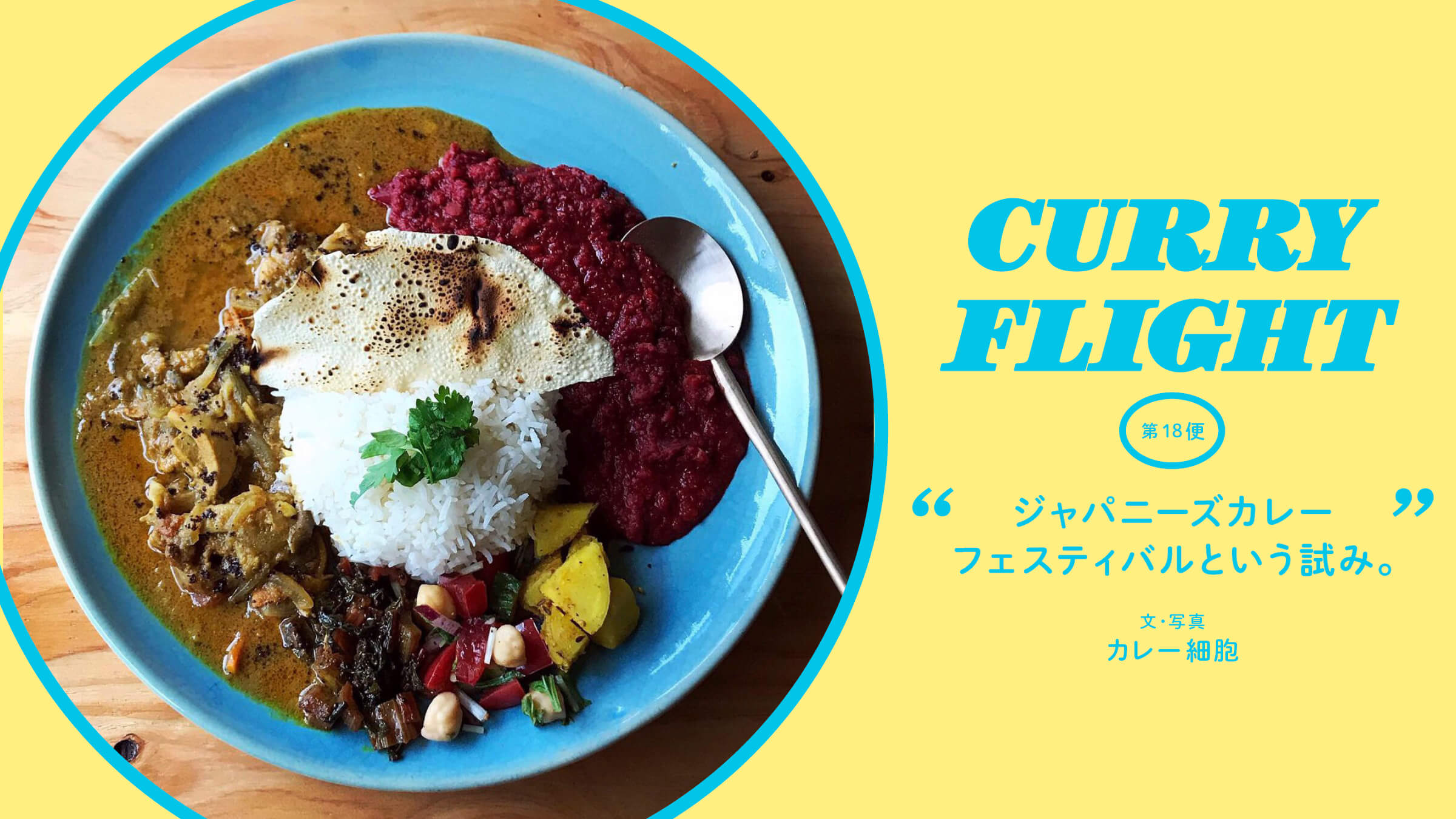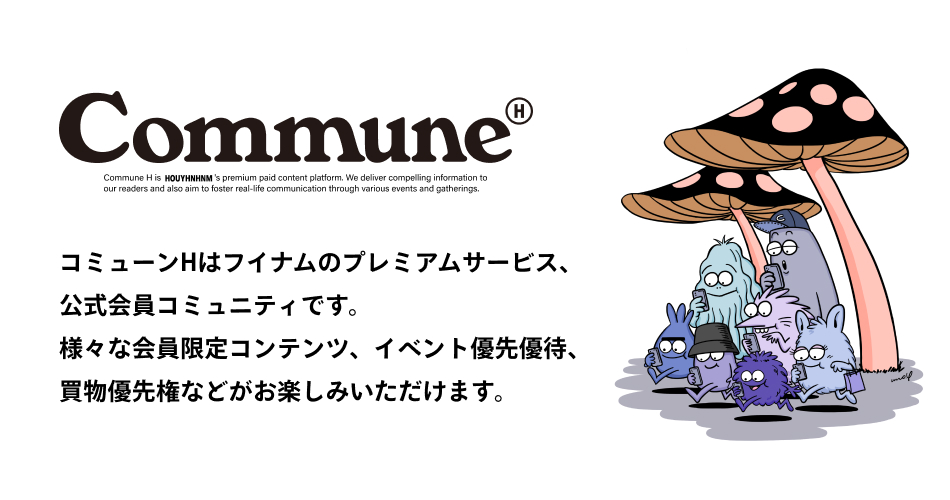Flight 6 Curry Ramen evolves.
Nippon's two most popular national foods are ramen and curry.
Both are not purely Japanese, but have in common the fact that they both have their roots in foreign cuisines and have evolved in a way that is uniquely Japanese. They are both symbolic of an aspect of Japanese culture that has been tolerant of different cultures.
Curry Ramen" is the fusion of these two national foods into one dish.
Although not as popular as curry udon, this dish with high potential is becoming more and more interesting these days.
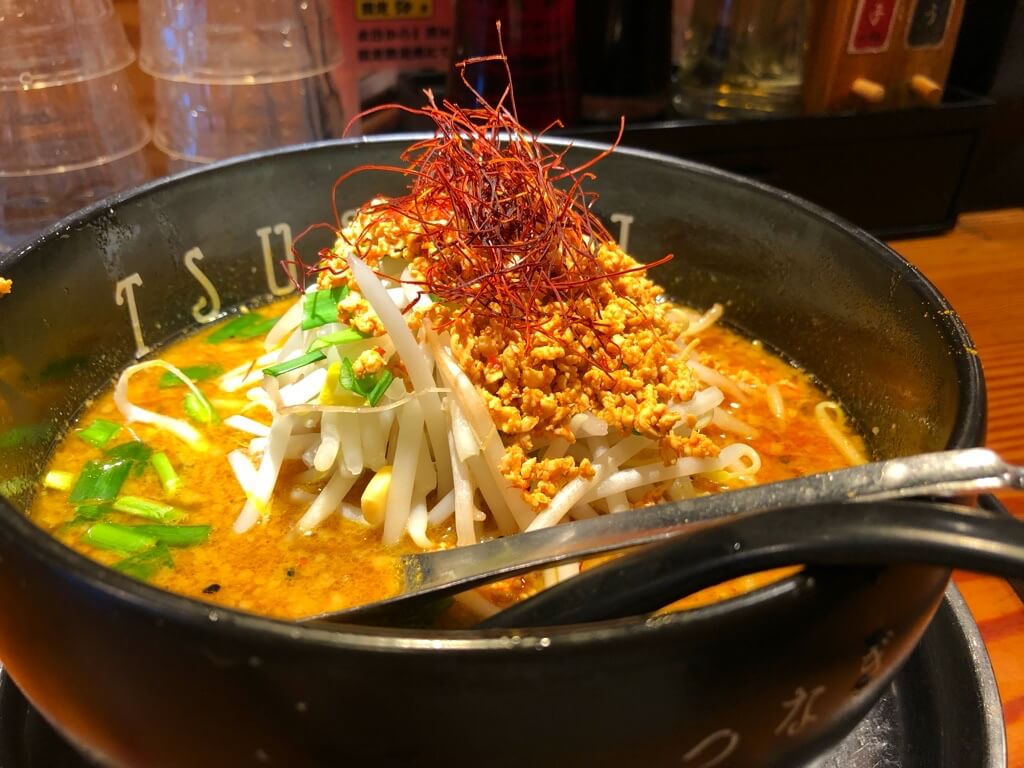
Miso Curry Ramen" at Tsunagi in Ebisu. There are many variations of curry ramen.
Let us take you on an evolutionary journey through the world of curry ramen.
Where did curry ramen originate?
Whether it is curry udon or curry with pork cutlets, there are many theories about its origin . There are also many theories about the origin of curry ramen.
The first theory is that it originated in Niigata Sanjo.
It is said that the owner of "Tokyo-tei" in Sanjo City brought it back from a restaurant in Mukojima, Tokyo, where he had trained before the war. Today, many restaurants in the city offer "Sanjo Curry Ramen" and it has become a local gourmet dish.
Next is the "Tomakomai origin theory.
It is said that Tomakomai City's "Aji no Daioh" developed this dish in 1965 as a specialty to compete with Sapporo's miso ramen.
. Now it seems to be serving as "Tomakomai Curry Ramen" to help promote the region.
In Kanto, "the theory that it originated in Chiba".
It is believed that the original curry ramen was served by "Minowa Shokudo" established in Omigawa, Chiba in 1953, from the time of its opening. Currently, the main restaurant is closed, but several restaurants have opened in Tokyo as "Minowa", a Japanese-style pub serving the "original curry noodle", and also in Omigawa, the place where the restaurant was founded.
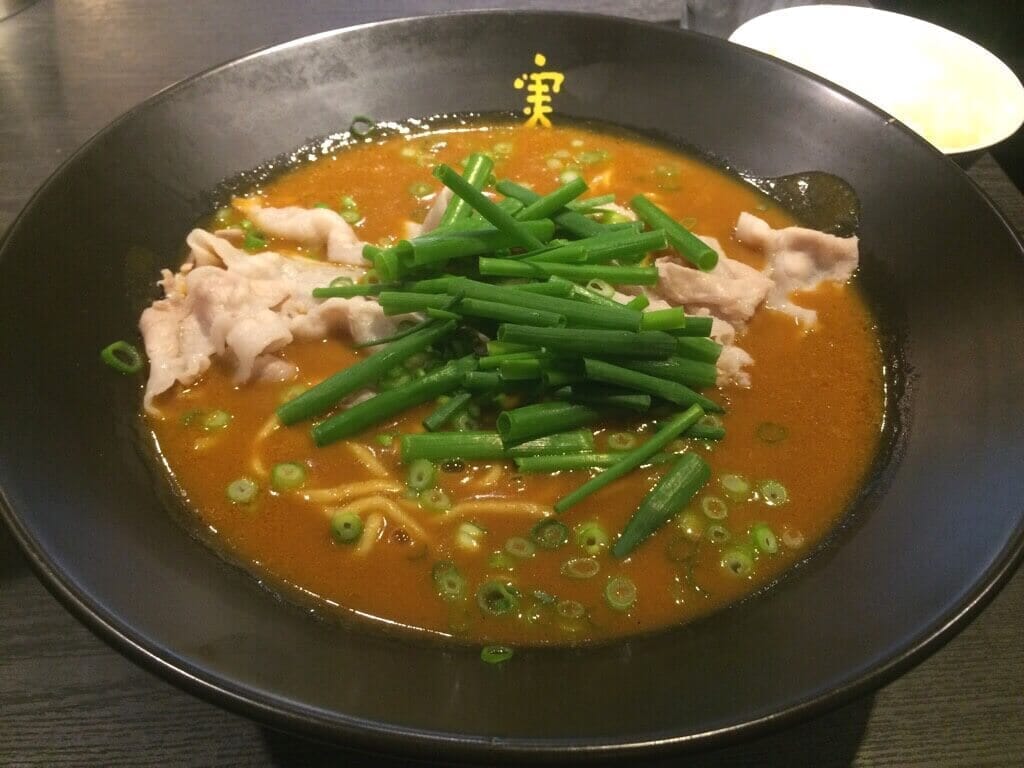
Akaikare-men" is a dry "Akaikare-men" at Jitsu-no-wa Akasaka branch.
In fact, since both curry and ramen have long been served in diners throughout Japan, it is no surprise that the idea of combining them into one was born simultaneously. In that sense, all of the above restaurants are probably pioneers of curry ramen.
Heretical evolution "Miso Curry Milk Ramen".
Aomori's specialty, "Miso Curry Milk Ramen" is the most unusual among the curry ramen popular all over the country. Ajino-Sapporo in Aomori City took a hint from a rumor that adding curry powder and milk to miso ramen somehow makes it taste better, and turned it into a menu item.
Indeed, the milky nature of ramen soup itself, like Hakata Tonkotsu, is natural, and the discomfort of "pouring milk on a meal" can be effortlessly dispelled by making it curry-flavored.
Curry is an invention that makes good use of the characteristics of curry, which "can easily incorporate different cultures.
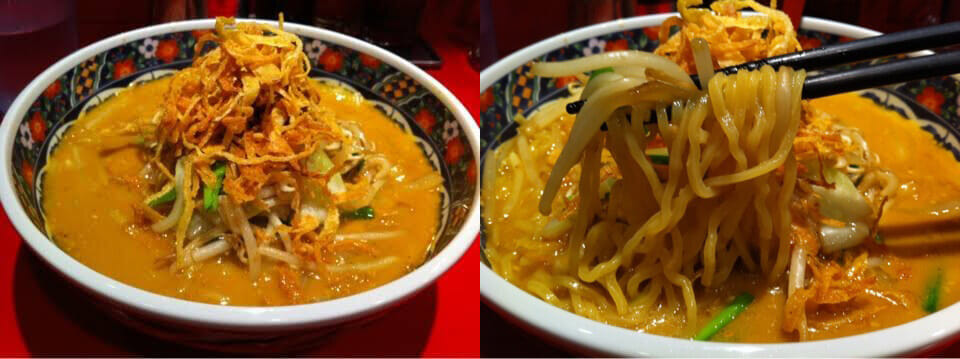
Niigata's famous "Miso Curry Milk Ramen" (photo once served at Roppongi Ramen).
The dramatic evolution of curry ramen that begins now .
Thus, curry ramen, the ultimate in cross-cultural fusion, has evolved remarkably over the past few years.
And it's like, "Can you even call it curry anymore? Can we call it ramen any more? and it is breaking down the barriers between food genres. Personally, I find this very interesting, and in another sense, I think it is a very unique evolution of curry.
The first one I would like to introduce is Spiced Ramen Shaka.
Opened in Ikebukuro in 2018, the restaurant is the result of a team effort between Menya Shono, the windmill of the ramen world, and Shankar Noguchi, the Tokyo Spice Boss.
The noodles are an eye-opener, combining the use of spices from various parts of India, including South India and Bengal, with ramen know-how.
Currently , the Ikebukuro branch is closed and continues to operate in Shinjuku.
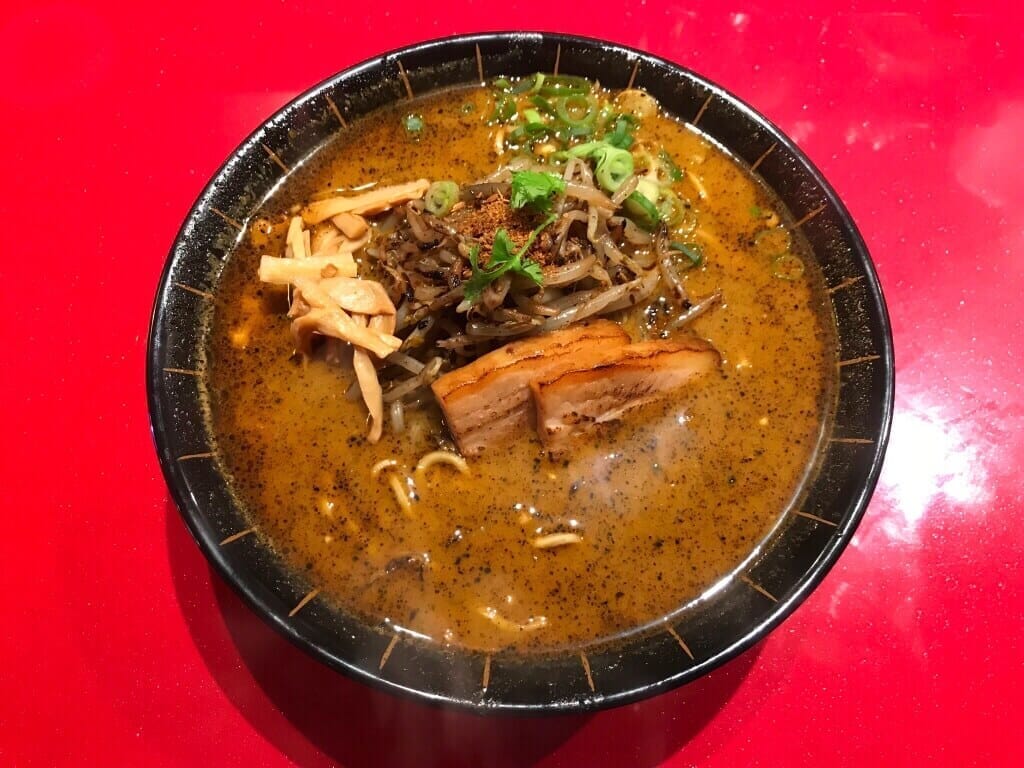
The "sky" in "Shaka" is Gundu chili , Kashmiri chili , garlic,
Spicy spiced ramen noodles with 10 spices including mustard seeds.
Interesting in another way is Shimokitazawa "Dots and Lines".
This is actually a ramen shop, a new branch of the very popular Hokkaido soup curry restaurant "Rojiura Curry SAMURAI. This is a new venture in the Shimokitazawa area, which was the first foray into the Tokyo market. Soup curry, another soup food culture that has evolved in Sapporo, where ramen culture is flourishing, is now being fed back into ramen, which is interesting.
Is this curry, ramen, curry ramen, or soup curry? ...... The more you think about it, the more you won't know if it's curry, ramen, curry ramen, or soup curry, it's delicious!
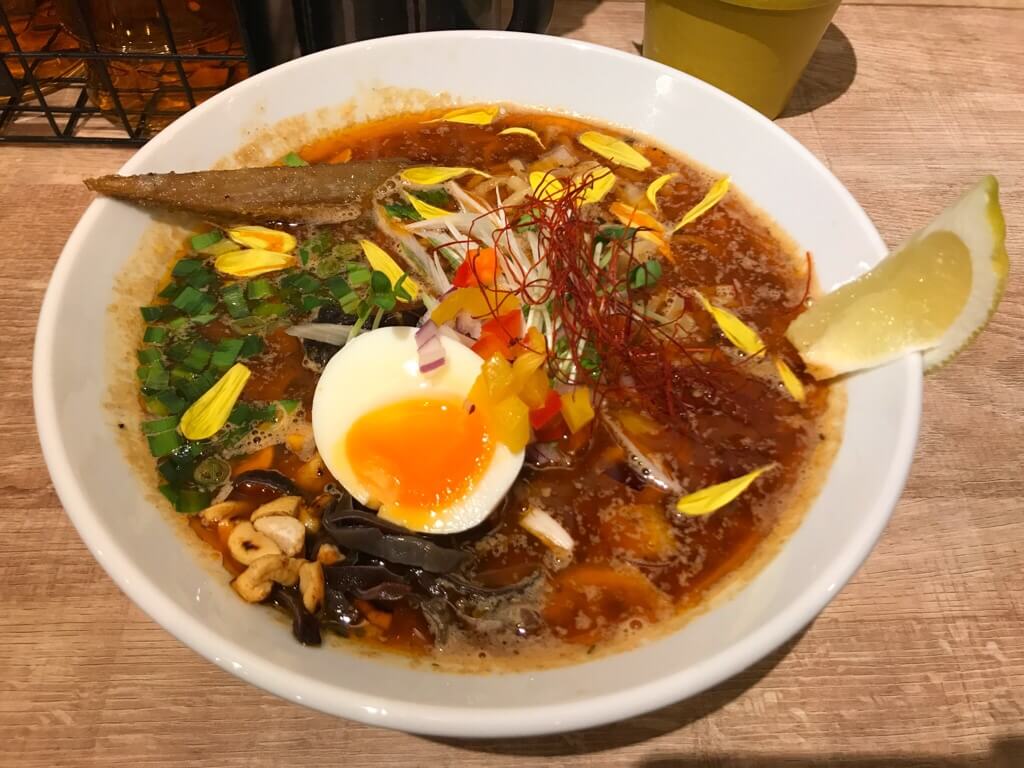
Spiced Ramen" at Dots and Lines. The choice of ingredients and the gorgeous presentation are the concession of Hokkaido soup curry.
Last but not least is Spice Ra-men Manjiriki.
This unique ramen restaurant opened in Nishi-Kasai, which is now the largest Indian town in Japan. Their signature dish, "Spiced Ramen," has an amazing aroma, sourness, spiciness, and impact on all five of your senses.
The character of this dish is not only beyond curry ramen and beyond the concept of curry, but it is a completely new spiced dish that is completely different from Indian, Chinese, or Southeast Asian cuisine, and yet it boasts a surprising degree of perfection.
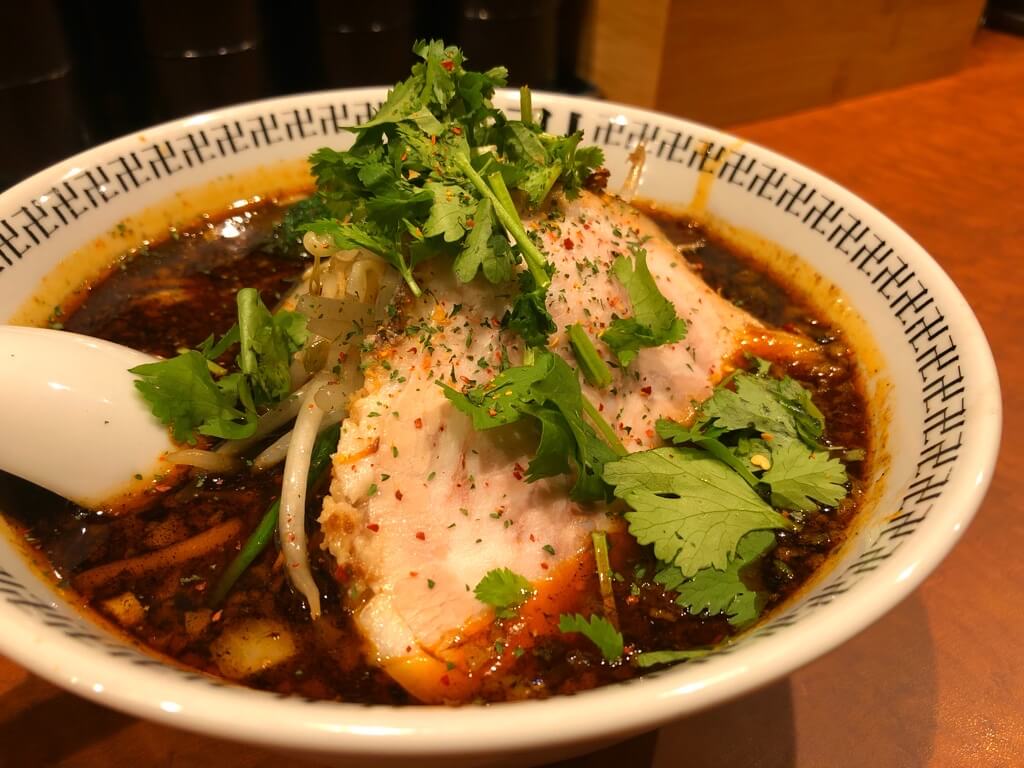
Manjiriki's "Spiced Ra-men" is a noodle dish that defies all stereotypes.
The keyword for the new Curry Ramen is "spiced noodle dishes that transcend both curry and ramen".
In Japan, which is becoming more tropical every day, spices are used in abundance in foods other than what we used to call curry, and the boundary between curry and what is not curry is becoming more blurred every day.
. but it is a natural process.
Just as the telephone has evolved to become a "smart phone" that can no longer be called a phone, will the evolved curry dish no longer be curry? Or will curry be redefined?
The evolution of curry ramen is the evolution of curry itself . . Perhaps it is the very change in Japanese food.
We have finally come to the future, to the year 2020.
Now, what kind of Flight should we try next time?
PROFILE
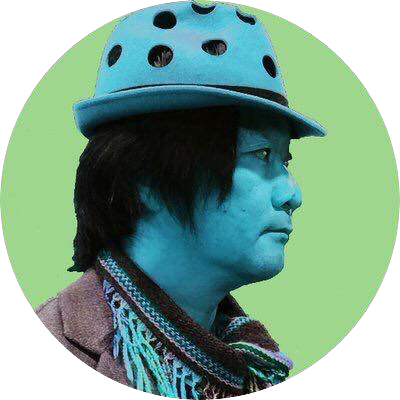
In pursuit of all kinds of curry and strange creatures. A spice radar by nature, he has visited more than 3,000 curry restaurants in Japan and abroad. He has been featured in many magazines and TV programs, and is a member of the Japanese Curry Awards selection committee. He is a member of the Japanese Curry Awards Selection Committee, and is a member of the "Next Breakthrough Curry Restaurant" program, which invites a new local curry restaurant to Shibuya every month.SHIBUYA CURRY TUNEThe company is holding the "Mutual Aid Association of Japan (MAAJ).


